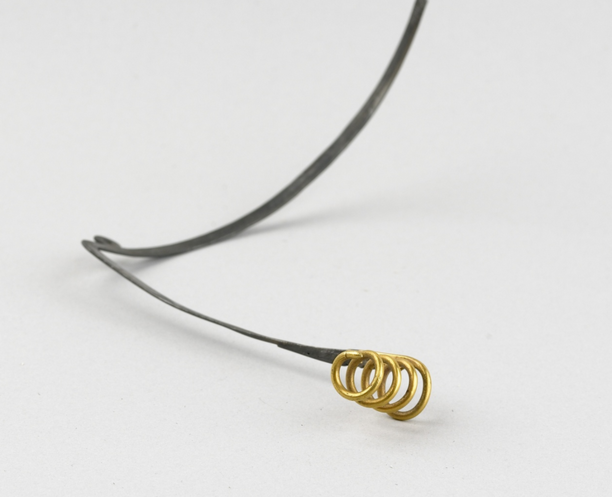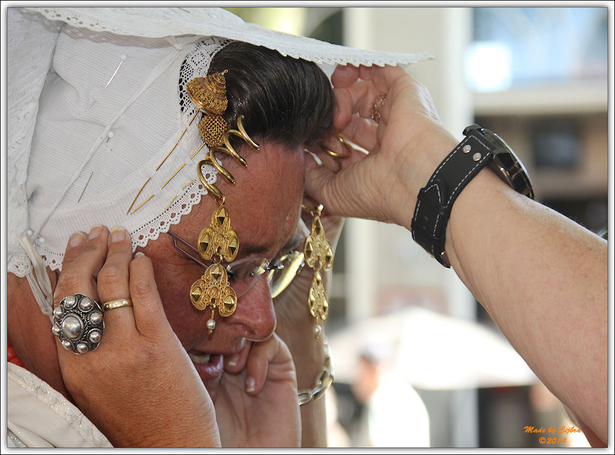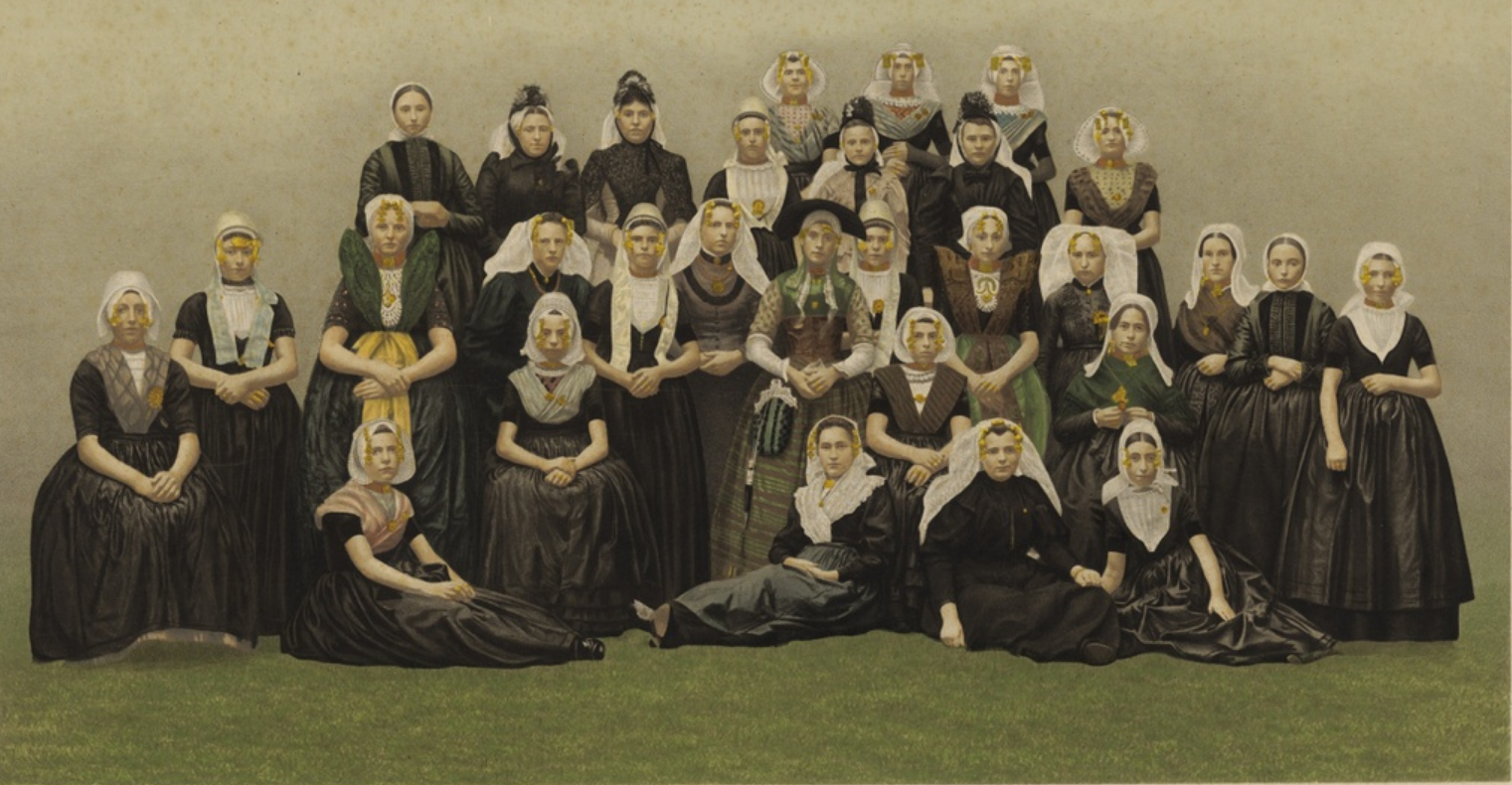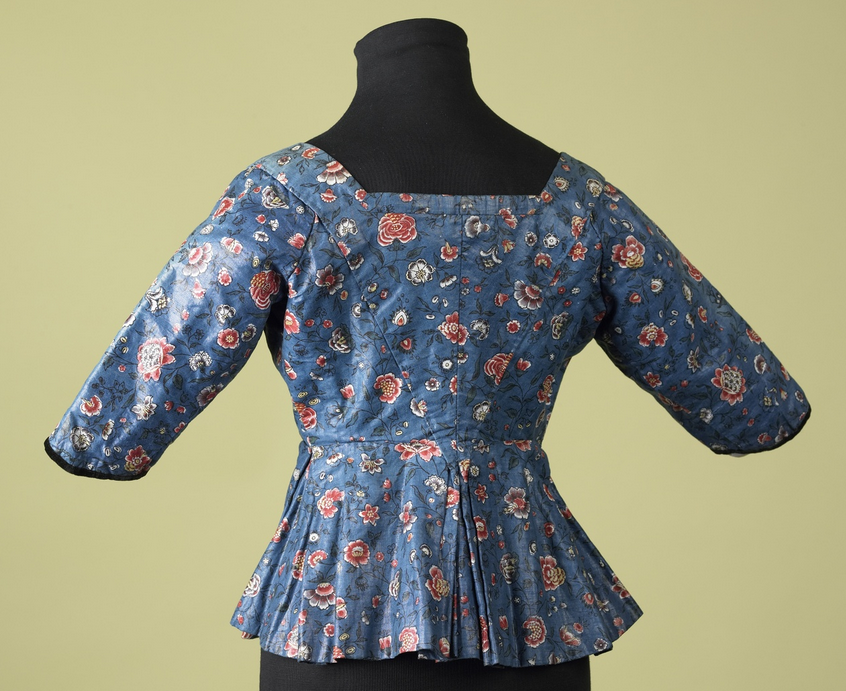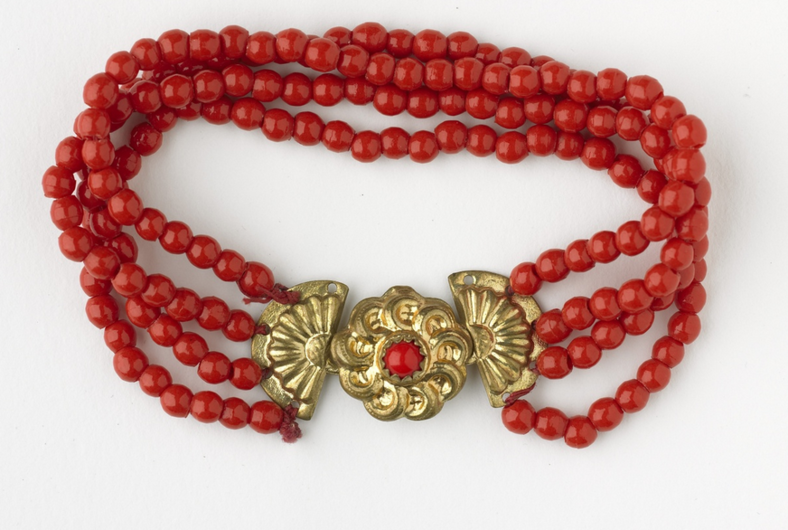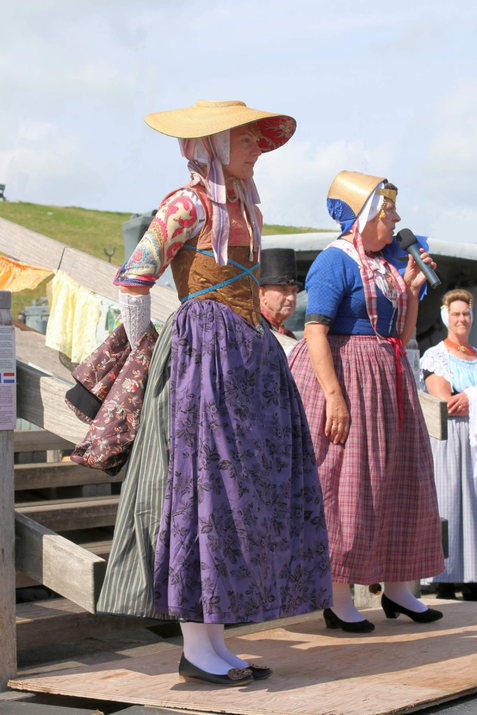There were several key aspects that influenced the development of the Zeeuw's streekdracht;
First, the financial matters of the population. For example, during a recession there was in general not the money to buy more luxurious fabrics.
The trade in de province also decided which fabrics and accessories were available.
The communities, and their social structures, also dictated the local fashion a lot. The elite often set the tone, if they got more closed off to outside influences, then this would be directly seen in a more introvert version of the streekdracht. Whereas in another region, where the elite was more open for the outside influences, the streekdracht could develop very differently, taking over elements of bourgeois fashion.
Lastly there could also be a substantial difference between the estheticalopinions in the village communities. Some would be more religious than others. This influences the general opinion on what is beautiful or appropriate a lot.
Besides the regional differencesin streekdracht, it can differ quite a lot on a personal level. Streekdracht had a big function in society to show a lot of essential information about someone. Depending on your wealth, job, marriage status and age, you would wear something completely different to someone else. For example, a rich female farmer in Zeeland would not work on the land. She would show in her clothing that she would not have to do tough work. She would wear an extremely broad ring, so she also was not able to use her hands.To show her wealth even more, she could have worn a lot of precious fabrics and expensive jewellery. A rich male farmer would wear a double row of ‘illustrious’ buttons in their traditional wear. They would show off silver in an arrangement of different utensils and jewellery, like watches or tobacco boxes.
Around 1840/1850 society started slowly ‘modernising’, with the traditional lifestyle still dominating most of society. New ways of transport and a bigger focus on large scale economy reduced the amount of isolated, tight knit communities. These changes started also happening in wear in general. This slowly started to trickle down the different classes. The modernisation in combination with the polarisation between masculine and feminine that was also happening, turned the elite against any outside appearance of eroticism regarding women. In streekdracht this showed itself by dimming the before verycolorfullwear. Men turned their back on streekdrachtway earlier, because they had more contact with the outside world.
Some more traditional and religious farmers, especially in Zeeland there is a large community of strict religious folks, were very against modernising and conforming to new ‘trends’.
In the 1800s lives at the countryside were still very much following a more traditional way living. Religion was very prominent in the way communities were working and there was a clear division between the different social groups. Which social group you belonged to was decided partly by your job. Because of the different jobs, their need for dress was also vastly different. Not everyone needed the same kind of functionality. The identity of the wearer was subordinate on their role and function in society.
While the bourgeoisie, and for part also the middle class, wants to break away from the regional chains, the farmers and workers want to put more focus onto the tradition of the countryside. This development creates the difference between city and countryside we still feel right now. The clothing of the farmers started to develop its own style without following the trends in the cities.
In 1880 the Zeeland'sstreekdracht was slowly getting overturned by the fashion of the larger cities, where streekdracht was almost forgotten already. Everything was turning more uniform, especially because of the development of ready-wear clothing.It becomes less and less possible to tell where someone comes from, what their class or marital status is, based on their clothing. The first feminist wave ensured that men's clothing started finding its way in the women wardrobe.
The streekdracht was still very alive within the farmer community, even though it was taking over elements of the current fashion. There was a bit of resistance against some of the elements of the traditional wear.The ‘Stiklijf’ is replaced by the ‘Jak’, which is cut deeper so that beech and cloth are more visible. Instead of the flat straw head, the female farmers, would wear the ‘Kaphoed’. The ear iron, made from gold or silver, would get smaller and would be attached to more visible decorations, the ‘Stukken’ in Zuid-Beveland and the ‘krullen’ in Walcheren. New is also the multi-stranded red coral necklace with a round golden lock. These changes were mostly driven by young women.
For the men, the streekdracht started to change slowly to the city fashion around 1880. The knee heightpants, and colourful skirts disappeared in return for long pants and a vest
